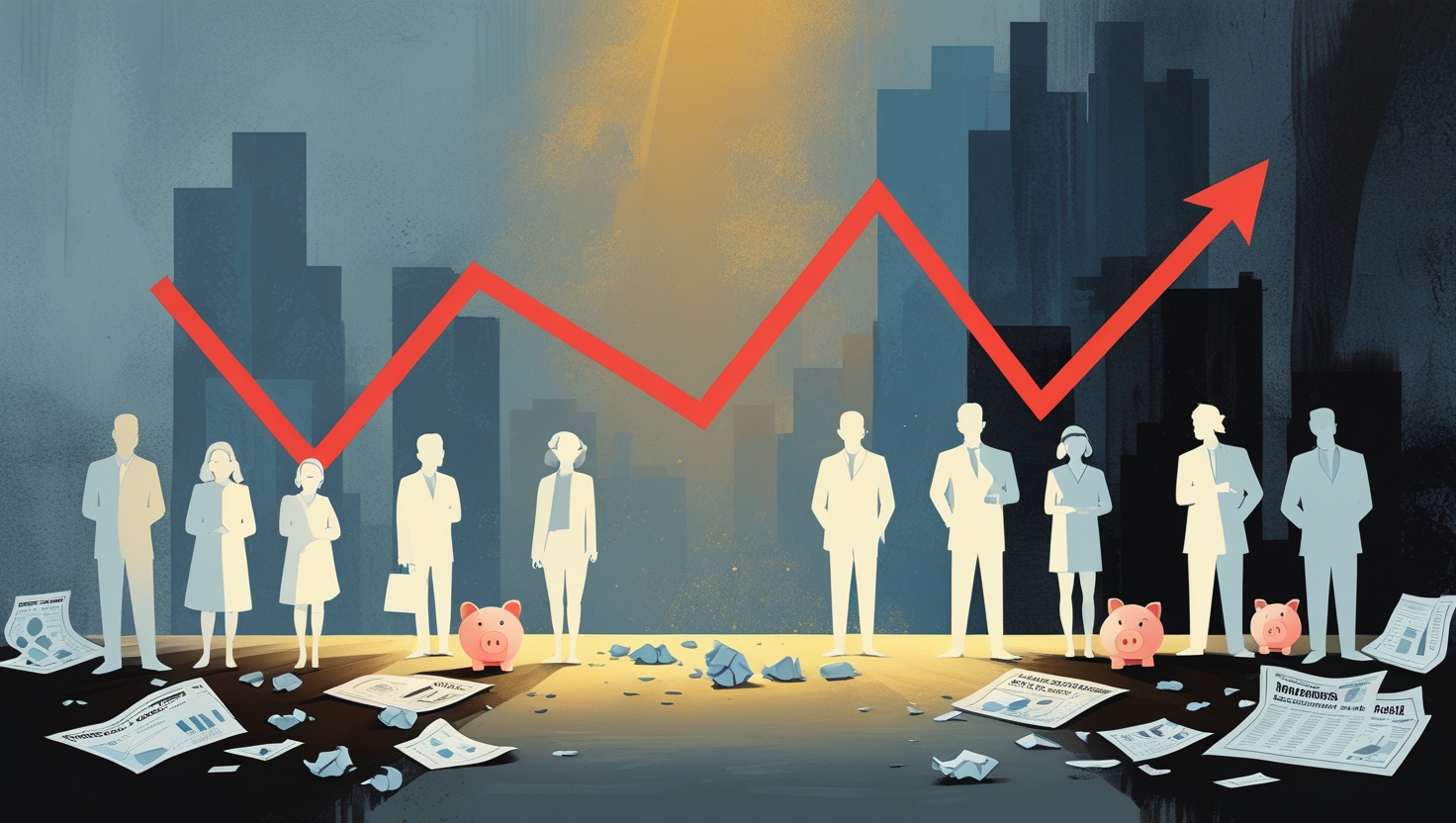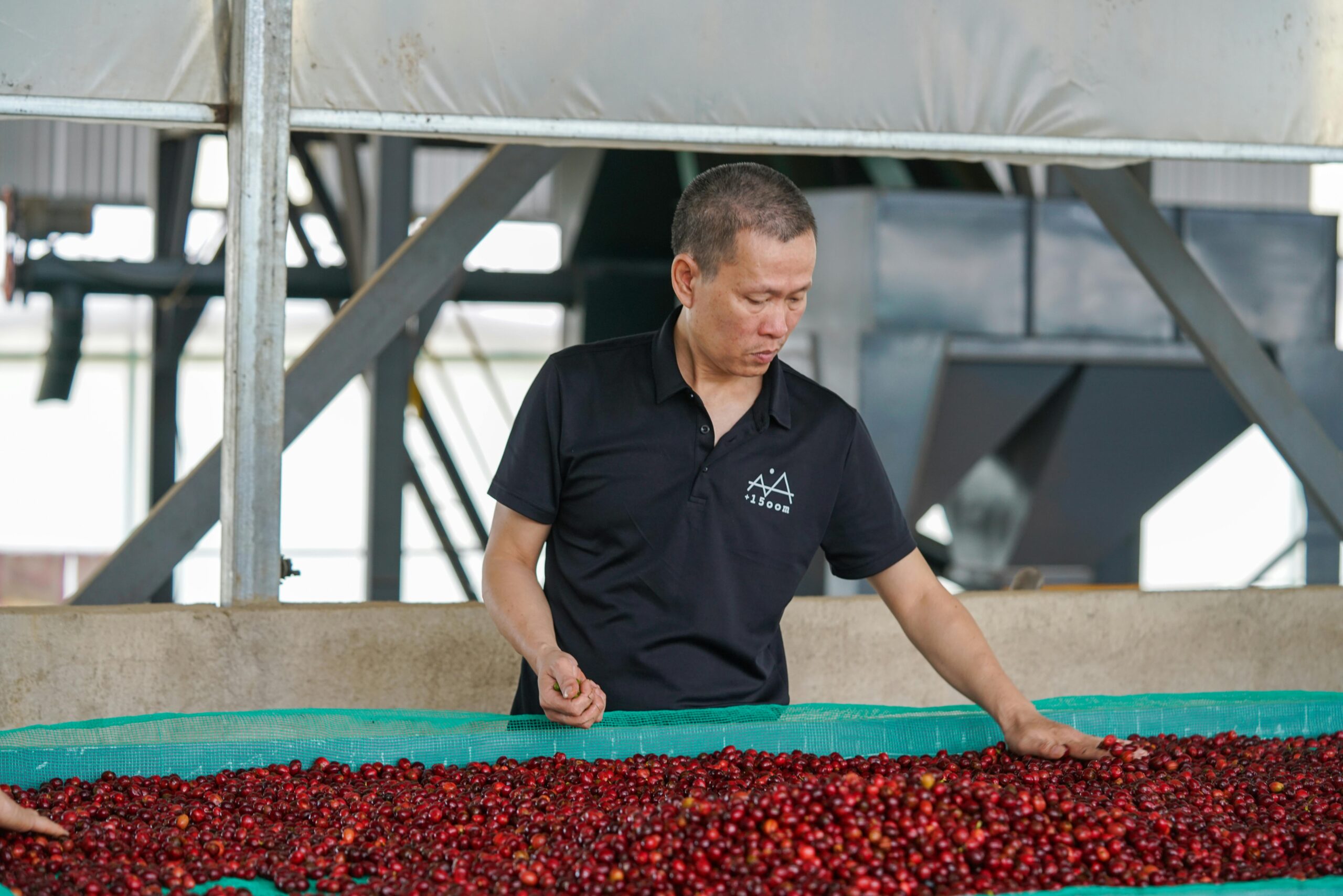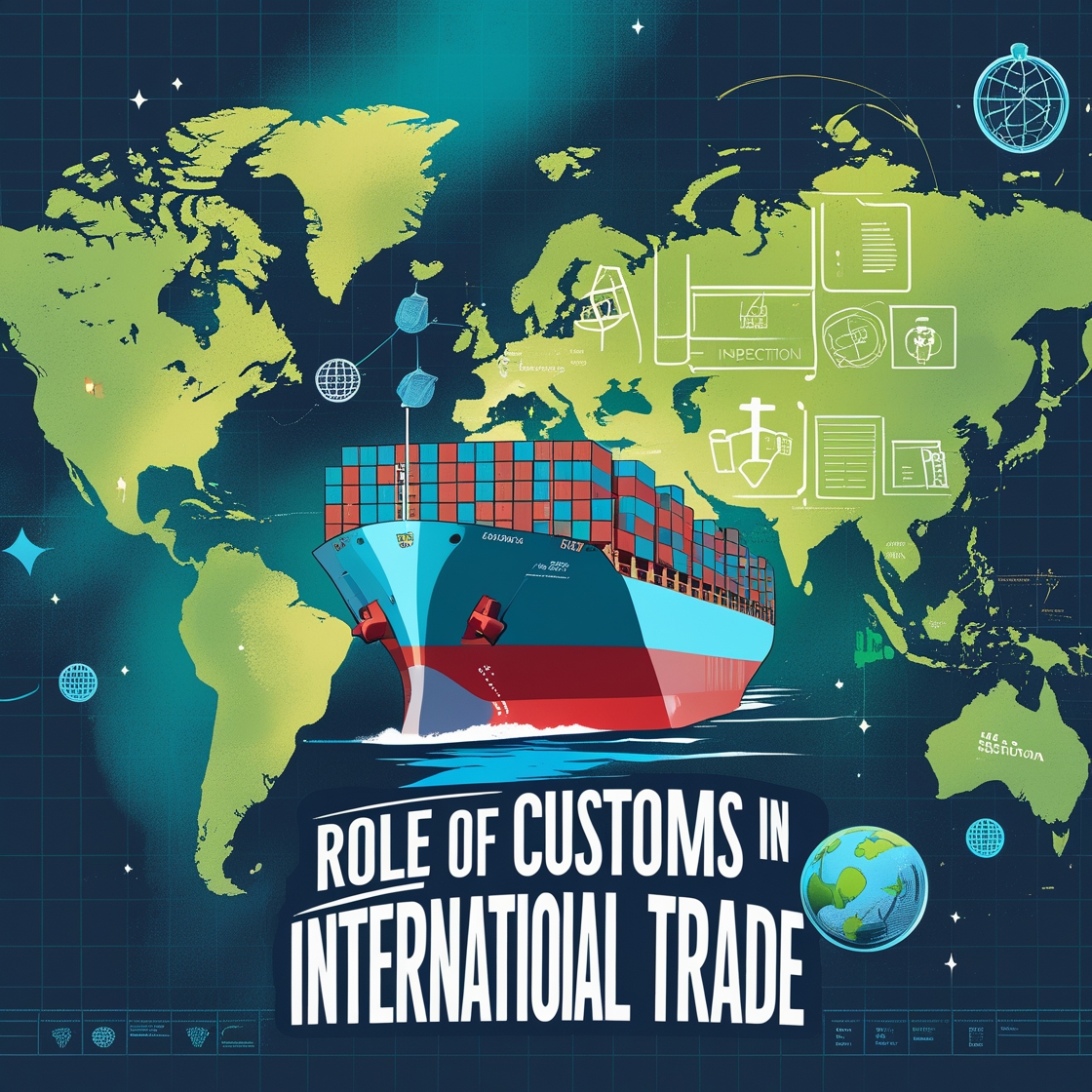Ups and downs are part of every aspect of the world. Economy is no expectation of this. Economic growth and downturn are as universal as changing of seasons. Just as a booming economy brings fortune to a wide class of people, a downturn can have negative far reaching effects. An economic downturn has rippling effects, affecting the broad spectrum of economic fundamentals. Here we will discuss in detail about Recession Effects on Supply and Demand
What is Recession?
Recession is a downturn of economic activities over a prolonged period of time. There are various economic indicators that influence the recession. The widely accepted definition is that if an economy has negative GDP growth for two consecutive quarters, the said economy is in recession. The National Bureau of Economic Research takes reduction of GDP, income, employment, industrial production and whole and retail sales into account for defining recession in the US.
The great recession of the US took place between Q4 of 2004 and Q2 of 2009. Within that time frame real GDP shirked by 4.2%. At the same time unemployment shot up from 4.7% in 2007 to 10% in 2009. During this period of time almost 8.7 million people lost their jobs. A similar situation played out during Covid-19 where the global economy took a huge toll. Industrial output came to a halt and the unemployment rate shot up. A variety of factors play into creating recessions. Financial crisis is just one of them. Besides that supply disruptions, demand shocks, bad policies and many other events can contribute to recessions. Take Covid-19 for an example when the supply chain broke down as demand bottomed out due to social isolations and lockdowns by governments which clearly reflected Recession Effects on Supply and Demand.
Recessions and Demand
Consumers Spend Less
Recession reduces the capacity of spending. Consumers bear the brunt of the effects of recession as people start to get laid off from their work. As a result income sources become scarce and people have less room for spending. Most people keep their spendings to bear minimum by only filling up quota for only necessary items.
The University of Michigan Consumer Sentiment Index measures consumer confidence and expectations about the economy. During the great recession it took a nosedive and recorded the lowest level between 2007 and 2009. This stems from less income for consumers which led to spending less. During the height of the great recession American consumers spent 4% less for their personal needs. This was the sharpest decline since world world two. Households spent less, pivoted towards saving and paying off their debts which resulted in less spending which clearly reflected Recession Effects on Supply and Demand.
Less Investment in Businesses
As people start to spend less on products and services, the demand of the market declines. Businesses have to keep up with demand and supply in unison to make profit and avoid loss. Companies make decisions based on the demand of the market. If there is a recession they curtail expenses inducing laying off employees. This also halts their expansion plans which have an overall negative effect on the economy. It works as a chain of events that turns into a cycle. Recession leads to lower spending power which reduces demand and companies have to cut back on production and employment.
In 2008 almost 70% of the US GDP was dependent on personal consumer expenditure. So after the financial crisis it is no surprise that we saw a rapid contraction of the GDP. Industries saw fewer investments. At the same time various sectors such as in real estate and automotive moved away from new projects and expansion.
Intervention Through Policy
As the economy takes a free fall, governments and businesses come up with contingencies to limit the damaging effect of recession. These fiscal and monetary policies aim to stimulate the economy. Decreasing interest rate, cutting taxes and increasing spending are some of the measures commonly employed. During the great recession the FED reduced the interest from 5.25% in 2007 to 0.25% by the end of 2008. The main objective was to increase financial activity by encouraging people to borrow and invest.
Moreover the FED also introduced quantitative easing policy which enabled them to inject liquidity into the market by purchasing long term securities. The American Recovery and Reinvestment Act of 2009 initially slated $787 billion as stimulus which later increased to $831 billion. This fund was to help build infrastructure, improve health and education sectors.
Recessions and Supply
Production Adjustment
Demand and supply are both part of the same system. One revolves around the other. During recession demand drops. So businesses have to cope up with the low demand by reducing their production. This helps businesses to avoid building up excess inventories. As businesses need to lower their output they reduce the manpower and materials during recession compared to normal time. During the Covid-19 industrial production of the US contracted by nearly 18% in 2020 compared to the previous year. Decrease in demand and supply chain disruption contributed to the decline.
Aggregate Supply Curve Shifts
Aggregate supply means the total amount of output businesses are able to produce at different price levels. During recession demand drops. So businesses have to curb their production. Moreover, the uncertain economic situation hikes up prices of procurement leading to increased overall cost.
Businesses that require less workforce will lay off workers or reduce their working hours. This reduces the output of a business. During recession banks and financial institutes don’t want to finance new ventures due to the increased risk. Also interest is hiked up to cool down inflation. This has a negative impact on future growth. Tough time calls for tough measures. Businesses adopt new operation methods to reduce excess cost and increase efficacy.
Supply Chain Disruptions
A recession has a far reaching impact especially if it is a major player. Countries like China, Thailand, Japan and Vietnam are heavy export based countries whose major market is the US. If a recession hits the US, then these countries also will face economic turmoil due to less demands from their major importer. During the 2008 recession China’s industrial output decreased to nearly 8% in the last quarter of the year. This can lead to shortage of essential components of various industries. A prime example of this was semiconductor shortage in the automotive industry during the Covid-19.
Global economy is more intertwined than ever. If a single economy faces turmoil it can boil over to other economies especially if the said economy has a major role. Unexpected events will always take place, that is just how the world is. But policymakers and businesses should adopt measures based on past experiences to better cushion the effect of any economic downturn.


